Business-As-Usual: Maintaining a high-performing team during times of uncertainty
There is no denying that we are living and working in a truly unprecedented time, yet businesses around the world have demonstrated incredible resilience by adapting quickly to promote continuity. As an increasing number of businesses adopt a pragmatic approach to COVID-19 and establish new methods to continue “business-as-usual”, it is certainly worthwhile exploring how companies can retain and engage their most important asset: their people.
Employees are the backbone of any company and companies depend on the engagement and productivity of their staff to stay afloat. During times of uncertainty, the biggest mistake that a business can make is to neglect its workforce. Although keeping money coming through the door might seem like the only thing that matters, in reality, losing one customer is far less detrimental than losing a top-performing employee. Likewise, it is far easier to recover, or replace, a great customer than it is to replace any of your high-performing team members.
The businesses that are seen to be maintaining and investing in their workforce and future capacity will inevitably emerge the strongest post-pandemic. So, we’ve developed this consultative article to discuss some of the key practices that businesses must adopt to retain and motivate their high-performing workforce, especially during times of panic and struggle.
Effective Communication
Even in ordinary times, communication across the whole business is critical for maintaining productivity and reaching business targets. In more turbulent times, it is reassuring to know that the quality of remote work can be equal to that of face-to-face when using appropriate communication (Olson et al., 1997). Furthermore, a paper by Avolio et al. (1996) found that teams with extravert communication styles are the most likely to express transformational team behaviours which positively impact all aspects of business. The benefits of productive communication on the motivation of teams and business outcomes is overwhelming:
Increased collaboration – effective communication allows team members to better utilise each other’s knowledge and specialisms, leading to higher productivity and increased individual engagement in the business as a whole (de Vries et al., 2006).
Better project outcomes - cooperation across multiple functions has been associated with improving the outcomes of projects, with success inevitably increasing the motivation of teams (Pinto & Pinto, 1990).
Improved leadership – the motivation of teams depends partially on leadership (Al Rahbi et al., 2017) and it has been demonstrated that business leaders perform best when their teams are strong communicators (Neufeld, Wan and Fang, 2010).
Increased team efficiency - effective communication has also been positively correlated with how efficiently a team works together (Yost & Tucker, 2000) leading to increased motivation and engagement (Chalofsky & Krishna, 2009).
Improved individual wellbeing – morale and wellness is inevitably improved through communication between colleagues, enhancing individual output. Establishing personal connections through communication has even been demonstrated as a key coping mechanism, particularly for those working remotely (Koehne et al., 2012).
Being Transparent
Times of uncertainty can lead to increased employee anxiety surrounding business stability and job security. TINYpulse’s 2013 study demonstrated that transparency is the primary contributing factor to employee happiness yet only 42% of those surveyed knew their company’s current vision. Companies must, therefore, be completely transparent in order to gain their employee’s trust by updating employees on company struggles and strategies. Simply knowing the bigger picture can lead to significantly more engaged employees that are more committed to the vision of the business.
Tangible Objective Setting
It is well demonstrated that goal setting is linked to employee motivation and satisfaction. There are hundreds of goal-setting methodologies, but all contribute significantly to employee behaviour (Locke & Latham, 2002). Likewise, hundreds of studies prove that setting specific, attainable but difficult objectives is linked to higher employee performance (Lunenburg, 2011). Especially during unprecedented operating conditions, employees need clear and challenging targets to remain engaged in their work.
Providing Feedback and Recognition
Another well-documented contributor to workforce performance and motivation is receiving feedback and recognition. Even if feedback is unfavourable, employees are motivated to improve their performance, if feedback is from a credible source (Steelman & Rutkowski, 2004). Not only does the recognition of achievements improve the performance and engagement of the recipient, but studies have demonstrated that it also improves the performance of other team members (Bradler et al., 2016). During times of uncertainty, providing means of suggesting feedback and giving recognition to employees is critical for maintaining workforce performance.
Future-Proofing Business
Businesses that continue to invest in their workforce and grow their capacity during times of struggle are the same businesses that emerge the strongest. Their teams are seen to be resilient and adaptable, creating a sense of pride for employees. Such market leaders gain a remarkable reputation as they’re seen to be continuing business-as-usual, caring for their employees and contributing to the economy despite the struggle. Additionally, employees feel reassured and are more committed to their jobs when they see their employer investing in the future of the business. It is crucial to continue activities such as hiring strategies, employee development and sales pipelines.
Continuing hiring strategies is one of the simplest ways to maintain team morale as the creation of employment is a major contributor to people’s happiness (Frey & Stutzer, 2002). Furthermore, building and maintaining a strong employer brand not only attracts talent but has also been demonstrated to improve existing employee’s perception of the business (Wilden et al., 2010). The creation of employment improves existing employee engagement and is therefore vital for supporting productivity.
References
Al Rahbi, D., Khalid, K. and Khan, M. 2017. The effects of leadership styles on team motivation. Academy of Strategic Management Journal. 16(2), pp.1-14.
Avolio, B.J., Jung, D.I., Murry, W.D. and Sivasubramaniam, N. 1996. Building highly developed teams: Focusing on shared leadership processes, efficacy, trust, and performance. In: Beyerlein, M.M., Johnson, D.A. and Beyerlein, S.T. eds. Advances in interdisciplinary studies of work teams. Connecticut: JAI, pp.173-209.
Bradler, C., Dur, R., Neckermann, S. and Non, A. 2016. Employee recognition and performance: a field experiment. Management Science. 62(11), pp.3085-3099.
Chalofsky, N. and Krishna, V. 2009. Meaningfulness, Commitment, and Engagement: The Intersection of a Deeper Level of Intrinsic Motivation. Advances in Developing Human Resources. 11(2), pp.189-203.
de Vries, E.R., van den Hooff, B. and de Ridder, J.A. 2006. Explaining Knowledge Sharing: The Role of Team Communication Styles, Job Satisfaction, and Performance Beliefs. Communication Research. 33(2), pp.115-135.
Frey, B.S. and Stutzer, A. 2002. What can economists learn from happiness research? Journal of Economic Literature. 40(2), pp.402-435.
Koehne, B., Shih, P. and Olson, J. 2012. Remote and alone: coping with being the remote member on the team. In: CSCW '12: Computer Supported Cooperative Work, February 2012, Seattle. New York: ACM, pp.1257-1266.
Locke, E.A. and Latham, G.P. 2002. Building a practically useful theory of goal setting and task motivation. American Psycologist. 57(9), pp.705-717.
Lunenburg, F.C. 2011. Goal-setting theory of motivation. International Journal of Management, Business and Administration. 15(1), pp.1-6.
Neufeld, D.J., Wan, Z. and Fang, Y. 2010. Remote Leadership, Communication Effectiveness and Leader Performance. Group Decision and Negotiation. 19(1), pp.227-246.
Olson, J.S., Olson, G.M., and Meader, D. 1997. Face-to-face group work compared to remote group work with and without video. In: Finn, K.E., Sellen, A.J., and Wilbur, S.B. eds. Computers, cognition, and work. Video-mediated communication. New Jersey: Lawrence Erlbaum Associates Publishers, pp.157-172.
Pinto, M.B. and Pinto, J.K. 1990. Project Team Communication and Cross‐Functional Cooperation in New Program Development. Journal of Product Innovation Management. 7(3), pp.200-212.
TINYpulse. 2013. 7 Vital Trends Disrupting Today’s Workplace. [Online]. [Accessed 24th March 2020]. Available from:www.tinypulse.com/resources/employee-engagement-survey-2013.
Steelman, L.A. and Rutkowski, K.A. 2004. Moderators of employee reactions to negative feedback. Journal of Managerial Psychology. 19(1), pp.6-18.
Yost, C.A. and Tucker, M.L. 2000. Are Effective Teams More Emotionally Intelligent? Confirming the Importance of Effective Communication in Teams. Delta Pi Epsilon Journal. 42(2), pp.101-109.
Wilden, R., Gudergan, S. and Lings, I. 2010. Employer branding: strategic implications for staff recruitment. Journal of Marketing Management. 26(2), pp.56-73.
By Matt McCann (Researcher at CRSI)

